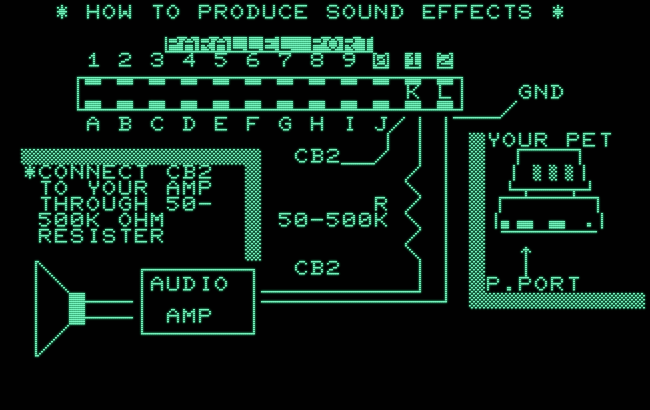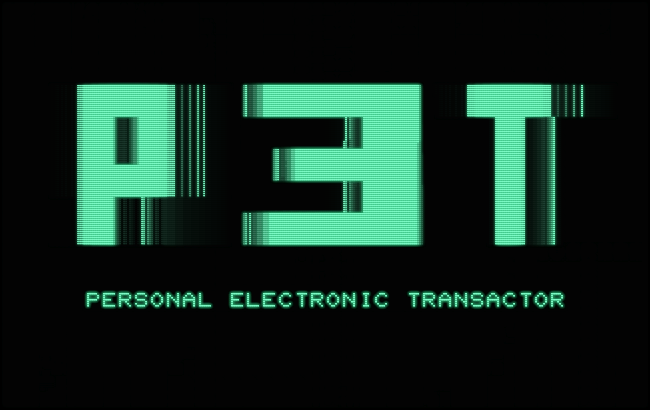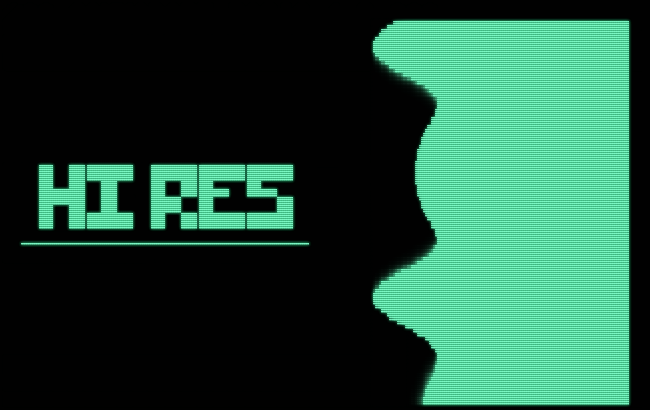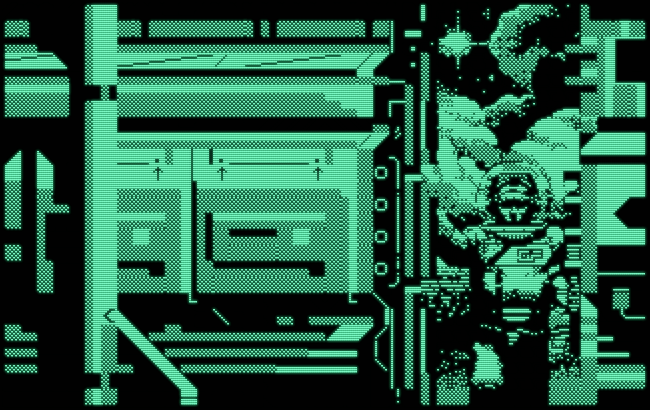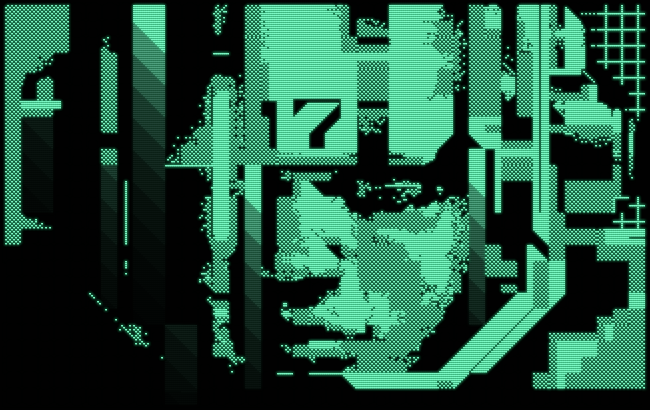Hopefully this won’t be too far off-topic: Several folks (sort of here and in other places) mentioned a sentiment of how the early (pre-1980) microcomputer systems weren’t very much used for games. I’ll agree they weren’t very terrific games - but PETSCII itself was derived with intent for card games, and Wozniak was vocal about early Apple being an easy system to make games on. (the ECHO IV had some decent games, maybe even pre-1975 - which caused an issue with those networks)
In a 1979 BYTE ad for software on the Commodore PET, I noticed that over 50% of the listing was games. I’ll type the ad, since I want to re-arrange the order (but also so the content can be more easily searched for). Also adding some modern references to these games:
MICROCHESS for PET (Peter Jennings) $17.90
Microchess (1978) by Micro-Ware Commodore PET game
Microchess 2.0 : Peter Jennings : Free Download, Borrow, and Streaming : Internet Archive (works on 20XX or 30XX, but not 40XX series)
NOTE: sales of Microchess helped fund the starting of the company that made VisiCalc!
https://www.commodore.ca/commodore-gallery/commodore-pet-games/ (microchess 3.0 is on disk10)
Bridge Challenger program for PET $13.50
Bridge Challenger : Georges Duisman : Free Download, Borrow, and Streaming : Internet Archive (this is the Apple2 version)
Adventure 1 for 24K PET $ 7.95
PET Game: ADVENTURE 2 : Free Download, Borrow, and Streaming : Internet Archive
couldn’t find Adventure 1, but the above is Adventure 2 which I think is Pirate Adventure, both by Scott Adams
Pirate Adventure - MobyGames
Tunnel Vision/Kat & Mouse-maze $ 7.95
Tunnel Vision and Kat and Mouse - MobyGames
Tunnel Vision - (1978) - Commodore PET - WIN! - YouTube (preview of what it looked like on PET)
https://www.commodore.ca/commodore-gallery/commodore-pet-games/ (PRG on disk1)
Kite Fight - 2 player action game $ 7.95
A B Computers - Michael Riley (claim)
Kite Fight | Op-Docs | The New York Times - YouTube (unrelated, Kite Fighting in Rio de Janeiro)
(unrelated) Looks like there is also “kite fighting” as a Hindu festival of Makar Sankrati
(but as to this game itself, I’ve not yet found an actual reference to it!)
PET 4 Voice Music Board (MTUK-1002-2) $49.00
photo: Commodore PET Graphics and Video Add-on Boards
(probably no known software - notice it plugs into both ports at once; would love to hear it in action)
from this link you see there are various graphics and audio cards made for PET
(to this day, there is a sort of Synth Music Underground associated with Commodore systems)
Music Software (K-1002-3C) for PET $19.00
(software related to above)
CmC Word Processor program for PET $25.00
I’m assuming CmC refers to Commodore? I recall around 1979, Commodore was offering its own “office suite” of professional software.
Graphics Utility Package for PET $13.50 (could find no info about this)
Stimulating Simulations-Book & PET tape $13.50
Protect-A-PET dust cover $ 9.50
(the IBM 5100 and the OSBORNE-1 also had form fitting “dust cover” accessories!)
from BYTE Magazine - September 1979



